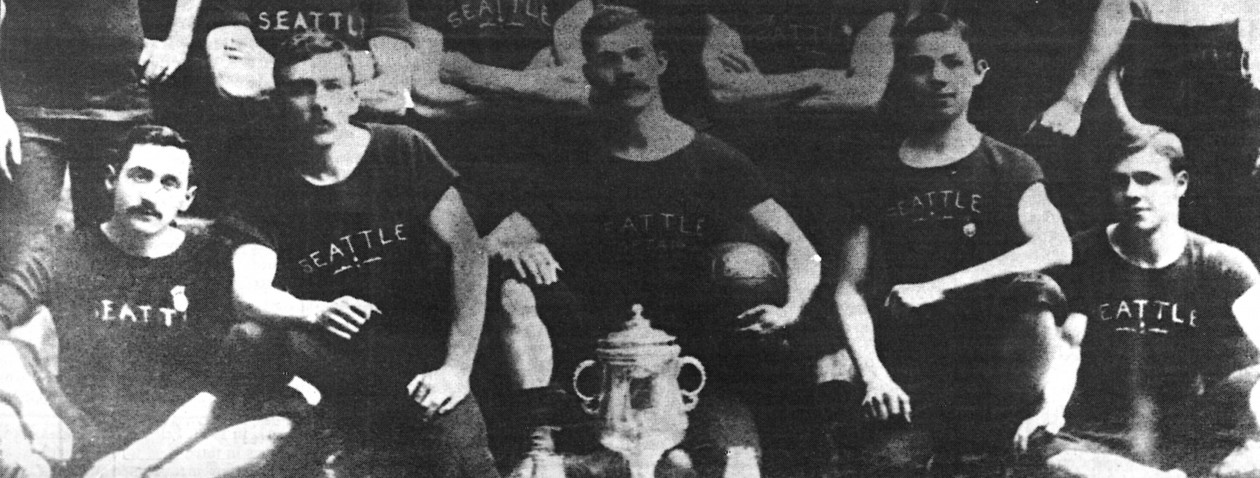College soccer in the Pacific Northwest had only just begun. The season was short, the coaches part-time and there was precious little fan support or media coverage. There were scores and standings and not much else. Yet, as for those latter two categories, unfashionable Western Washington State College’s men’s club program cast an outsized shadow.
Now, some 55 years later, let the record show that, a) it did happen, b) it was no fluke, and c) there is a story to tell of the small but mighty Vikings and their four-year rule over frustrated varsity foes who were confounded by a band of students who funded their own trips, lined their own fields and largely picked their own lineups.
While being high achievers, the Western men of yore were never accused of taking themselves too seriously or over-training. In fact, they won admiration from opponents and Western varsity athletes who recognized their qualities, both on and off the pitch. They were more than teammates; they were tightknit friends and remain so to this day. More than anything, that might’ve been the secret to their success.
A League of Their Own
As athletic director of the state’s most established and resourced men’s soccer program, Joe Kearney must have envisioned that the new conference he was founding would only fortify that status. The University of Washington could now adjust its sights on competing for national recognition.
Ahead of the 1968 season, Kearney, the Huskies’ AD, had cobbled together the four-school Western Washington Soccer Conference, the first of its kind in the Pacific Northwest. He also would serve as commissioner. Joining UW would be newly launched varsity programs at Seattle University and Seattle Pacific, plus the student-organized club from Western Washington.

All credit to Kearney, who unlike his successor, demonstrably cared about non-revenue-producing programs such as soccer. It had taken a couple years for the sport to reach critical mass to create a league. But back then, if anyone had asked Kearney or anyone else what they would predict for the formative first few years of the WWSC, it would’ve been Washington as overwhelmingly perennial favorite, with Seattle U. and Seattle Pacific to follow.
Continue reading Small But Mighty



